Succulents are popular plants for indoor and outdoor gardening due to their unique shapes, vibrant colors, and easy-to-care-for nature. Hanging succulents, in particular, have become increasingly popular in recent years as they offer a unique way to add greenery and style to any indoor space. Here’s a comprehensive guide to growing hanging succulents indoors.
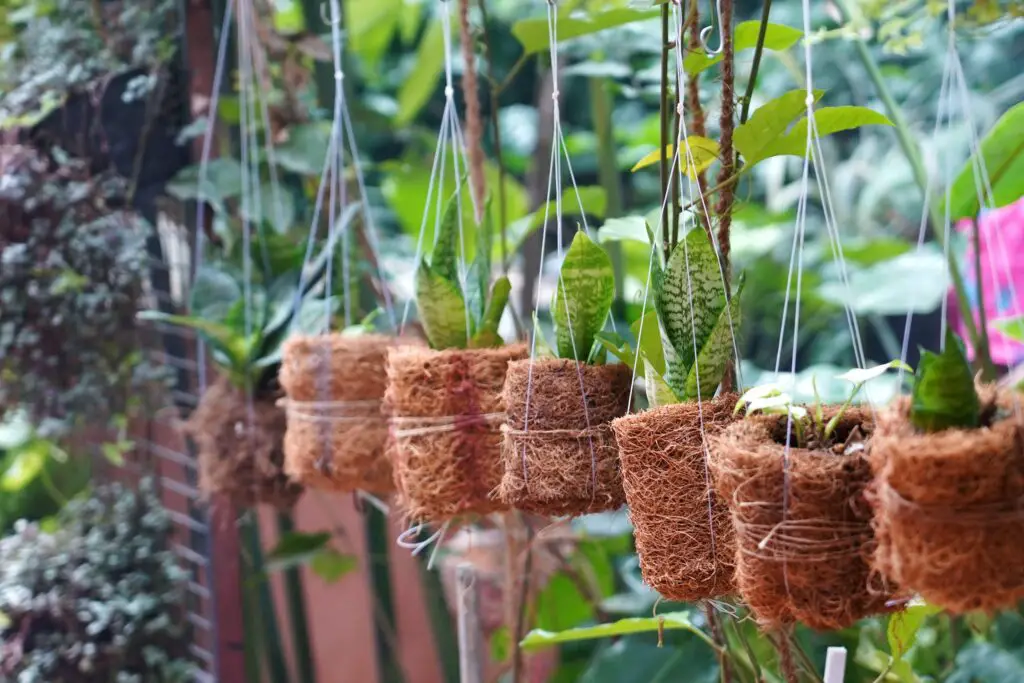
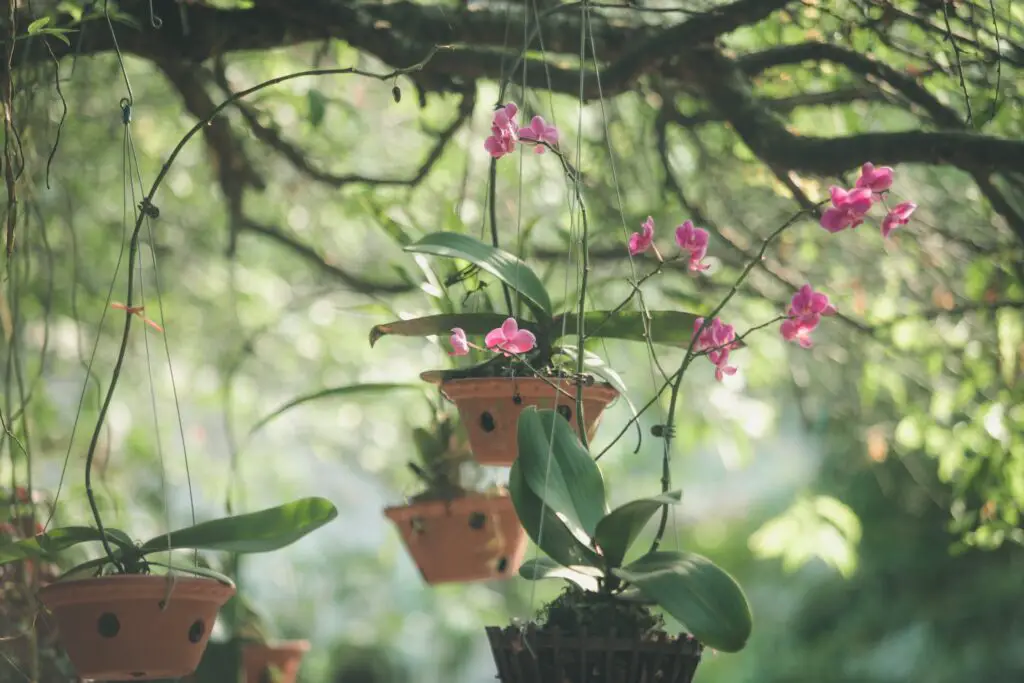
Table of Contents
Choosing the Right Hanging Succulent
There are several types of hanging succulents to choose from, each with its unique features and growing requirements. Some of the most popular hanging succulents include:
String of Pearls (Senecio rowleyanus): This trailing succulent is known for its pearl-like leaves that can grow up to 2-3 feet (0.6 – 0.9 metres) long. String of pearls requires bright, indirect light and occasional watering.
Burro’s or Donkey’s Tail (Sedum morganianum): This succulent has long, trailing stems covered in small, plump leaves. Burro’s Tail requires bright, indirect light and infrequent watering.
String of Hearts (Ceropegia woodii): This trailing succulent has heart-shaped leaves and delicate, wiry stems. String of Hearts requires bright, indirect light and occasional watering.
Fishbone Cactus (Epiphyllum anguliger): This cactus has long, flat, and narrow leaves that resemble a fishbone. Fishbone cactus requires bright, indirect light and infrequent watering.
String of Bananas (Senecio radicans): This trailing succulent has banana-shaped leaves and can grow up to 3 feet long. String of Bananas requires bright, indirect light and occasional watering.
Rhipsalis (Rhipsalis spp.): This trailing succulent has long, slender stems covered in small, pointed leaves. Rhipsalis requires bright, indirect light and occasional watering.
When choosing a hanging succulent, consider your indoor lighting conditions and watering habits. Some succulents require more sunlight than others, and some can tolerate drought better than others. Choose a succulent that will thrive in the conditions you can provide.
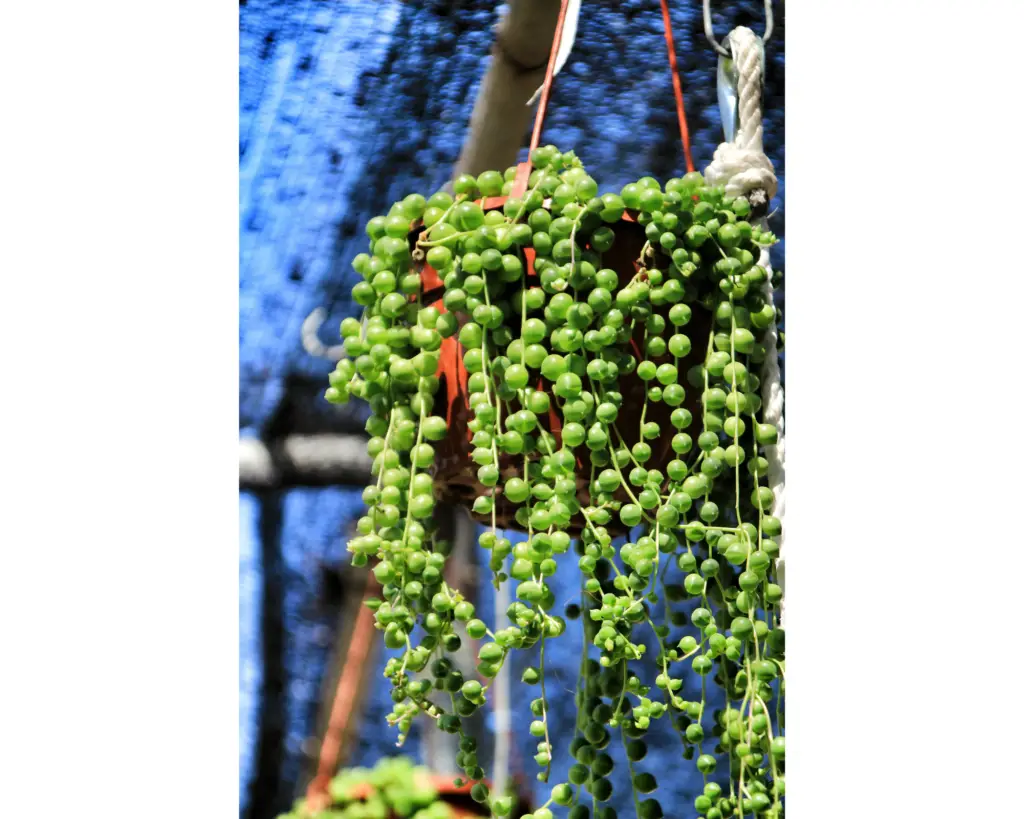
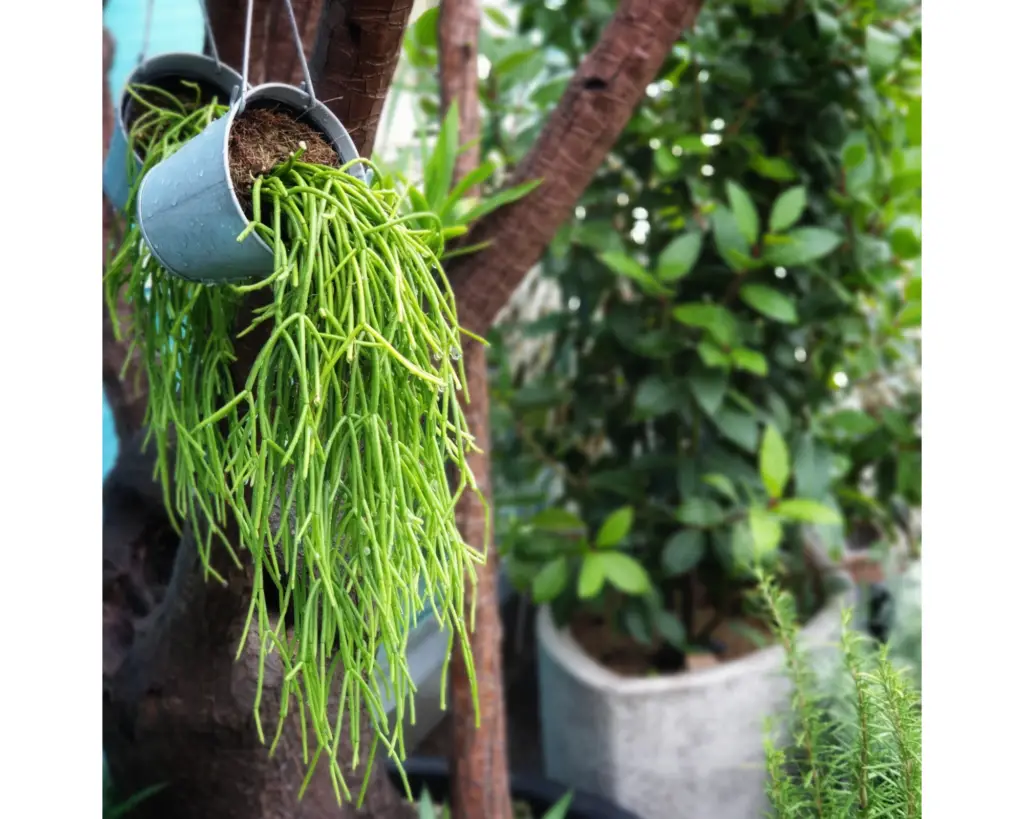
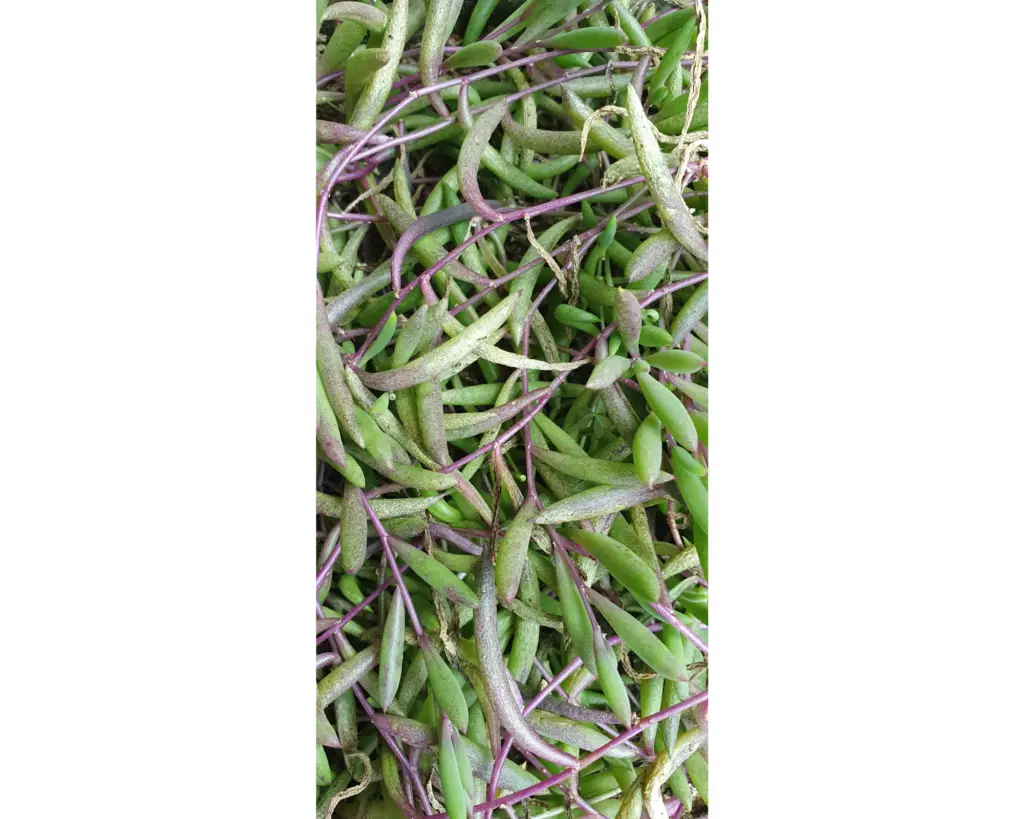
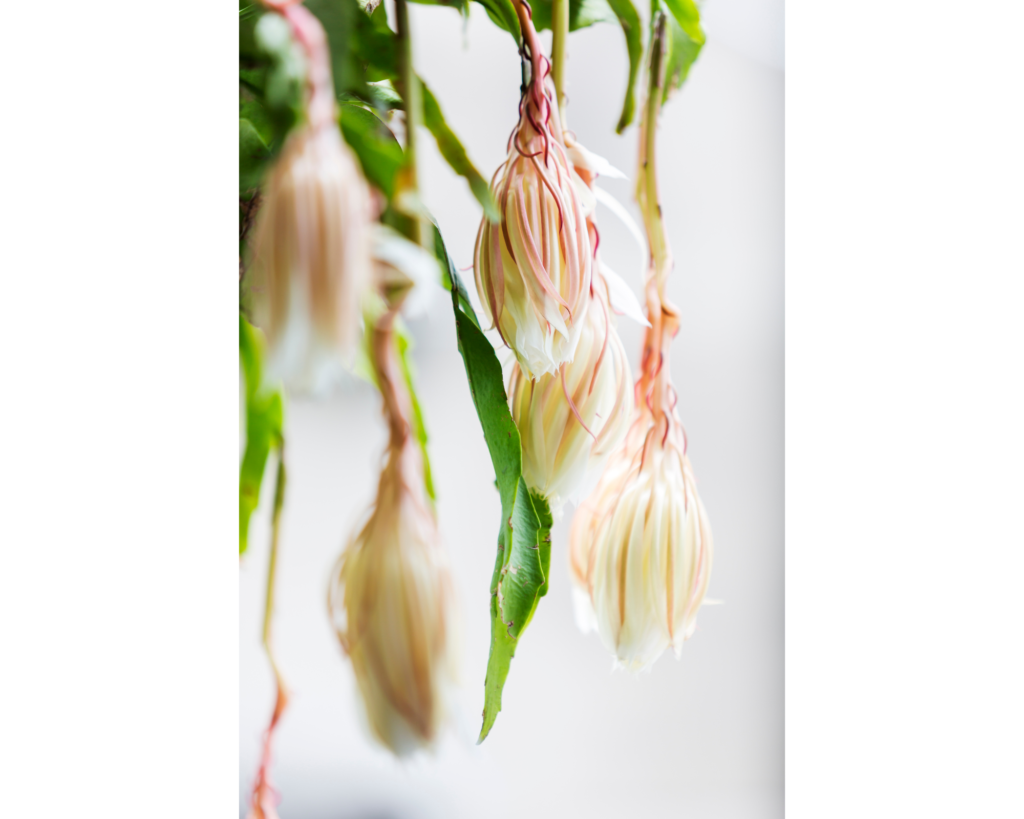
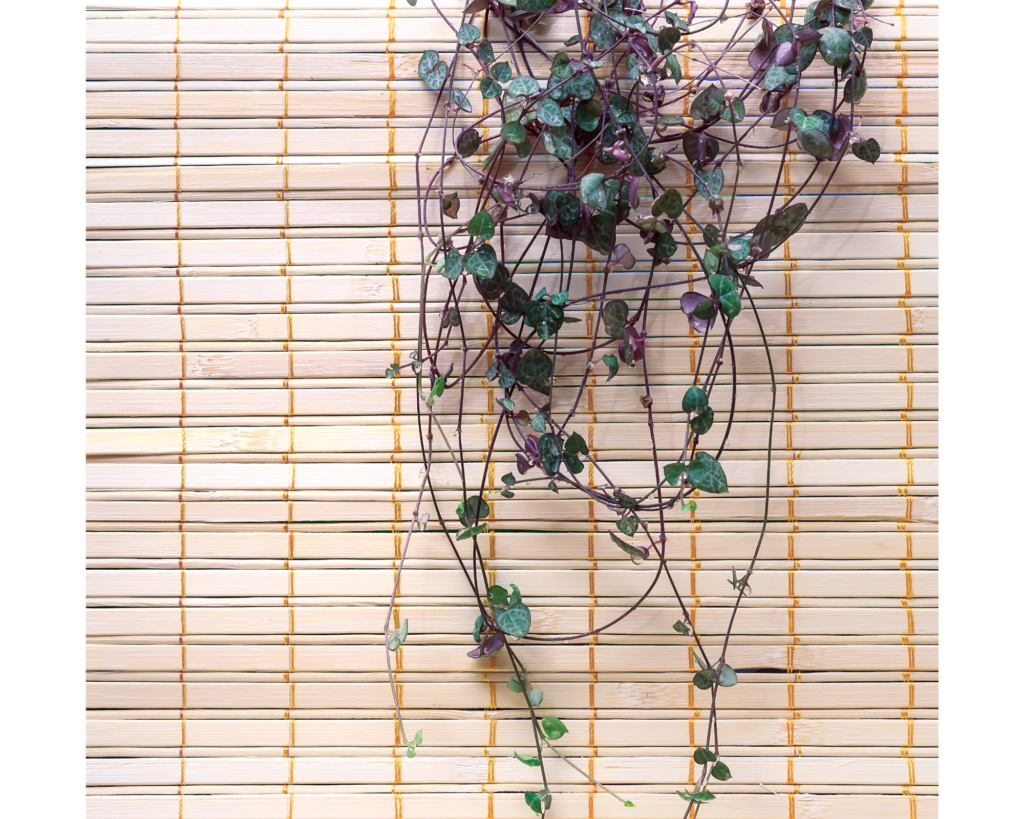
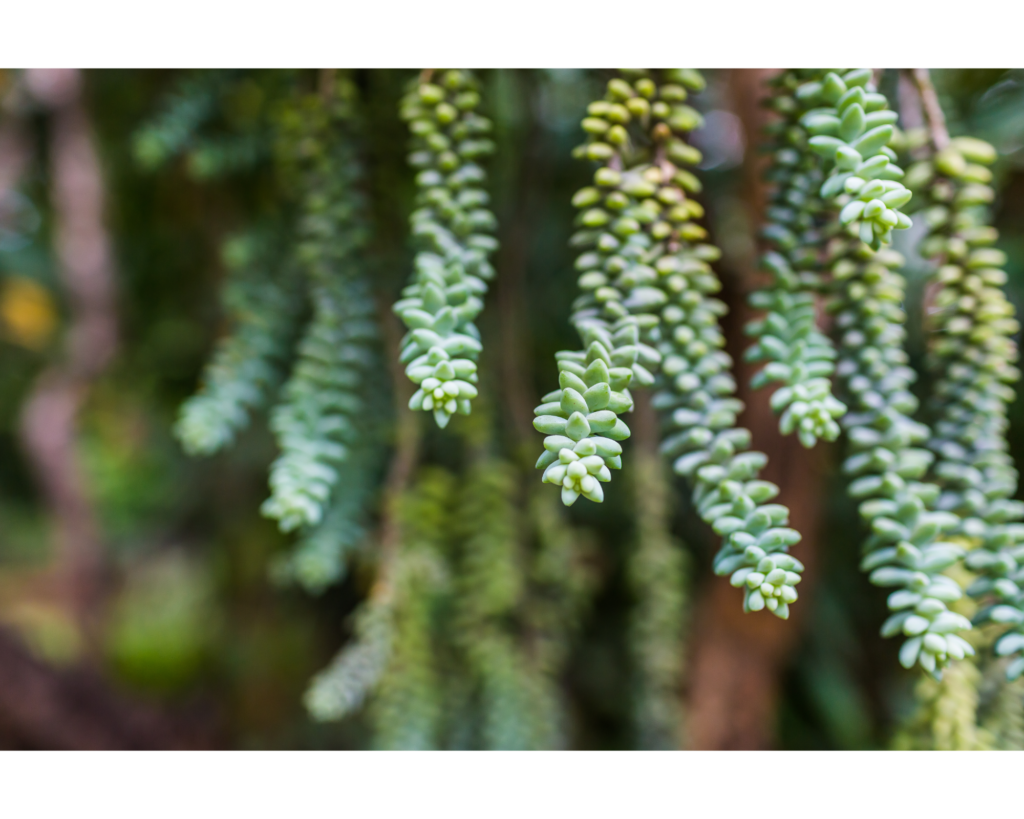
Selecting the Right Planter
Hanging succulents can be grown in a variety of planters, including macrame plant hangers, ceramic pots, and woven baskets. The most important thing to consider when choosing a planter is drainage. Succulents are susceptible to root rot if they sit in standing water, so it’s crucial to ensure that the planter has adequate drainage holes.
Another important consideration is the size of the planter. Hanging succulents prefer tight spaces, so a small planter will work well. A planter that is too large will lead to over-watering and root rot.
Preparing the Soil
Succulents require well-draining soil to prevent root rot. You can make your own succulent soil by mixing equal parts of potting soil, perlite, and coarse sand. Alternatively, you can purchase a pre-made succulent soil mix from a garden center.
Planting the Succulent
Once you have chosen a succulent and planter, it’s time to plant it. Start by filling the planter with well-draining soil, leaving about an inch of space at the top. Gently remove the succulent from its original pot and loosen any tightly packed soil around the roots. Place the succulent in the planter, making sure the roots are covered with soil. Press the soil down around the base of the plant to anchor it in place.
Caring for Hanging Succulents
Caring for hanging succulents is relatively easy, but it’s important to know a few basic care tips to ensure that your plants thrive.
Lighting: Hanging succulents require bright, indirect light. A south or west-facing window is ideal for most succulents, but if you don’t have access to natural light, you can use grow lights to supplement. Be sure not to expose your succulent to direct sunlight, as this can scorch the leaves.
Watering: Succulents are drought-tolerant plants and prefer infrequent watering. Water your hanging succulent only when the soil is completely dry. Over-watering can lead to root rot, which is fatal to succulents. To water your succulent, soak the soil thoroughly and allow it to drain completely. Avoid getting water on the leaves or stems, as this can cause rot.
Humidity: Most hanging succulents prefer low humidity. If you live in a humid climate, be sure to provide good air circulation around your plants to prevent moisture buildup.
Temperature: Most succulents prefer temperatures between 60-75°F (15-24°C). Avoid exposing your plants to extreme heat or cold, which can cause stress and damage.
Fertiliser: Succulents do not require frequent fertilisation, but you can feed them once or twice a year with a balanced fertiliser specifically formulated for cacti and succulents. Be sure to follow the instructions on the label carefully, as over-fertilisation can harm your plants.
Pruning: Hanging succulents do not require frequent pruning, but you can trim any leggy or damaged stems to encourage bushier growth. Use clean, sharp scissors to make a clean cut just above a leaf node.
Repotting: Succulents prefer tight spaces, so they do not require frequent repotting. However, if your succulent has outgrown its planter or if the soil has become compacted, you can repot it in a slightly larger planter with fresh soil.
Common Problems with Hanging Succulents
While succulents are relatively easy to care for, they can still experience a few common problems.
- Over-watering: Over-watering is the most common problem with succulents. It can lead to root rot, which is fatal to plants. To prevent over-watering, be sure to allow the soil to dry completely before watering and avoid getting water on the leaves or stems.
- Under-watering: Succulents are drought-tolerant, but they still need water to survive. If your succulent appears shriveled or wilted, it may be under-watered. Water your plant thoroughly and monitor it closely to ensure it recovers.
- Pests: Succulents can attract a variety of pests, including mealybugs, spider mites, and scale insects. To prevent infestations, be sure to keep your plants clean and dust-free, and monitor them closely for signs of pests. If you do notice an infestation, treat it immediately with an insecticidal soap or neem oil.
- Sunburn: Direct sunlight can scorch the leaves of your hanging succulent, causing them to turn brown or yellow. To prevent sunburn, be sure to provide your plant with bright, indirect light and avoid exposing it to direct sunlight.
Final Thoughts
Hanging succulents are a great way to add greenery and style to any indoor space. By choosing the right succulent, planter, and soil, and by following a few basic care tips, you can enjoy beautiful and healthy plants for years to come. Remember to monitor your plants closely and adjust your care routine as needed to ensure they thrive.
